The art of building in the town of Konitsa of the 18th century as well as in its surrounding area, after having completed a long evolutionary period, becomes a precursor and, simultaneously, one of the most important components of modern Greek technical science. In this era, the so-called art of the empirical craftsmen fits into the broader geographical context of the meridian Mediterranean and has strong local characteristics which distinguish it from neighboring areas.
In the post 1821 period, the villages around Konitsa, called Mastorochoria, perform, worthily, a great part of engineering works, not only in their wider region and the Ottoman Empire, but also in the Asian, African and transatlantic space. Thus, in the late 19th century a geographical expansion of the building craftsmen business activity is recorded, among others, along with that of other Konitsa’s artisans. The above mentioned geographical expansion of the Konitsa’s craftsmen business activity contributes to the process of influence and assimilation, and to the further development of technical and above all else, aesthetic expression of the technical work. So, in the town of Konitsa, the construction, interrupted often by historical events, is changing, slowly but steadily, from a countryside art to urban art. The aforementioned change appears initially with the new building materials, such as cement mortars, blanks, etc., and then with interior and exterior elements of decoration coatings, which mimic the Greek antiquity.
The social, economic, political and cultural transformations of the 20th century are determinant to the art of building and its aesthetic expression. The new building materials such as tiles, bricks, cement and aluminate, sheets of corrugated metal sheet, metal frames and reinforced concrete, displacing stone and slate, shape, mostly in the town of Konitsa, a construction which has all the features of the contemporary Greek urban space. Nevertheless, in the rising of the 21st century, Epano Konitsa (Upper Konitsa) maintains a large number of local architecture features of the 19th-20th century, combining thus, elements of pre-industrial and modern times. In short, places, districts and buildings project various and numerous landscapes, the image of which form those who lived and those living in Konitsa.


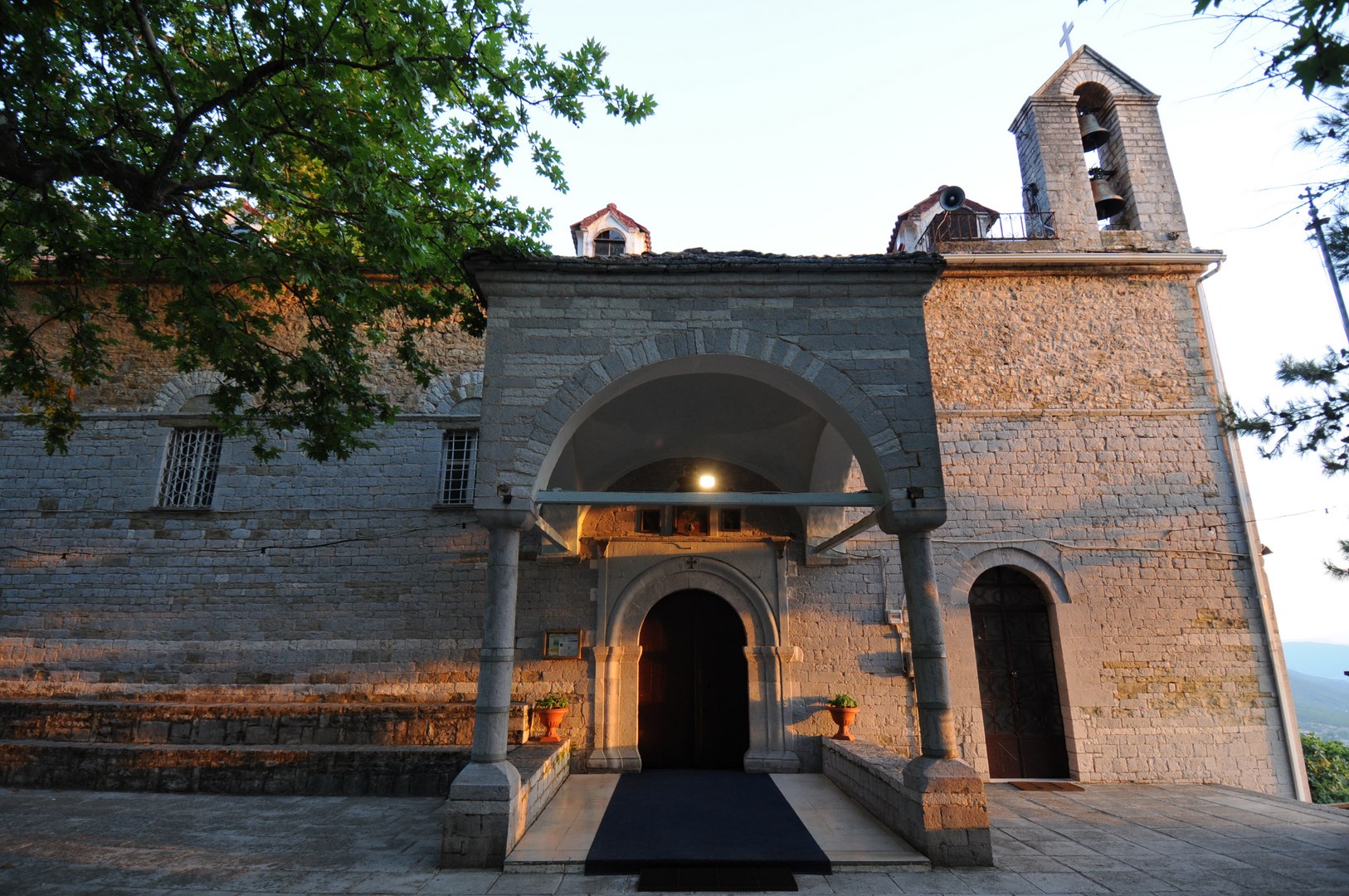


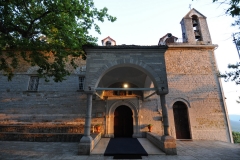
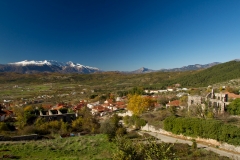
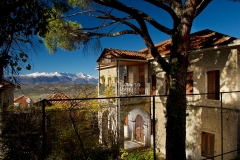
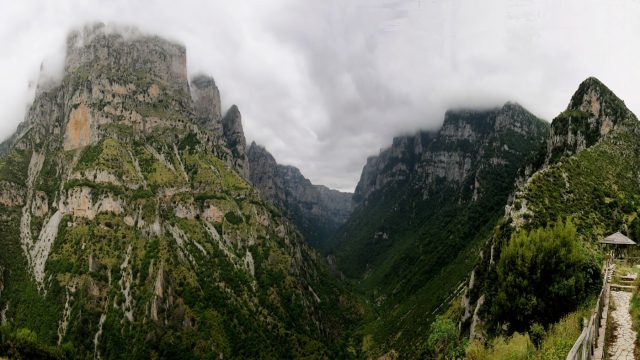
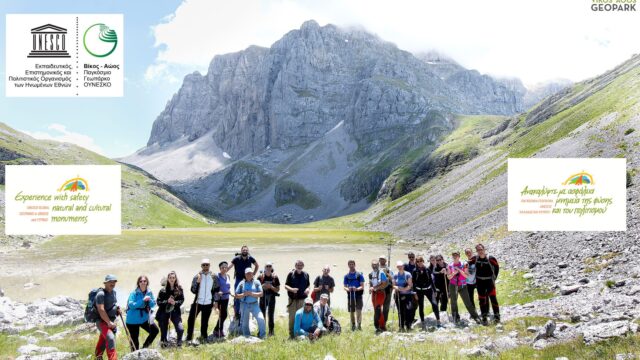
Τα σχόλια είναι κλειστά!